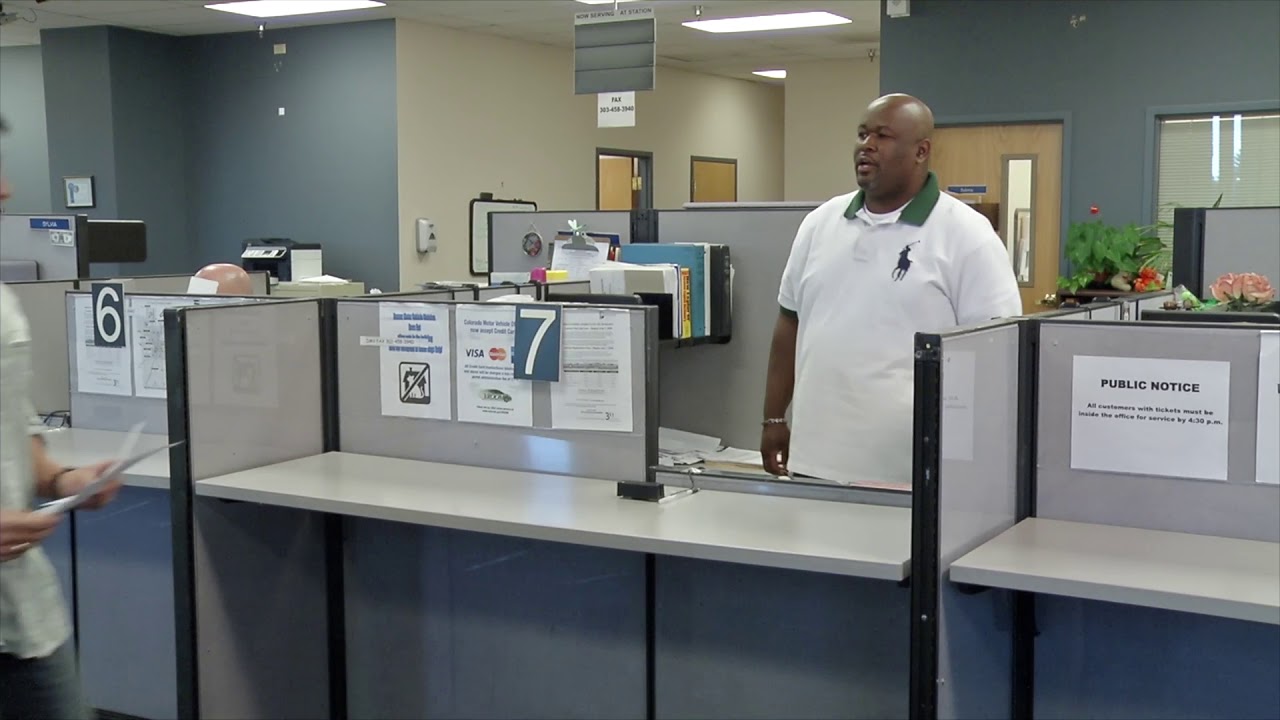Overview of License Plate Transfer Process in Rhode Island
Transferring license plates in Rhode Island is a straightforward process that allows vehicle owners to switch their license plates from one vehicle to another. This process is beneficial for those who have sold their old vehicle and want to use the same plates on their newly acquired vehicle. The process involves gathering required documents, visiting the Rhode Island Division of Motor Vehicles (DMV), completing an application, paying the necessary fees, and submitting the application along with supporting documents. Once approved, the applicant will receive a temporary license plate, and eventually, the updated registration and license plate.
Step 1: Gather Required Documents for License Plate Transfer
Before initiating the license plate transfer process, it is crucial to gather the necessary documents. These documents typically include the current vehicle registration, valid insurance information, and a completed license plate transfer application form. It is important to ensure that all documents are up to date and valid.
Step 2: Visit the Rhode Island Division of Motor Vehicles (DMV)
To transfer license plates in Rhode Island, the next step is to visit the nearest Rhode Island Division of Motor Vehicles (DMV) branch. It is essential to select a convenient location to save time and effort. It is advisable to research the specific DMV branch hours of operation and any additional requirements or restrictions due to COVID-19.
Step 3: Complete the License Plate Transfer Application
Upon arrival at the DMV, applicants will need to complete the license plate transfer application. This application form is available at the DMV or can be downloaded from the official Rhode Island DMV website. It is crucial to provide accurate and up-to-date information in the application to avoid any delays or complications in the transfer process.
Step 4: Pay the Required Fees for License Plate Transfer
After completing the application, the applicant must pay the required fees for the license plate transfer. The fees may vary depending on the type of vehicle and the specific circumstances of the transfer. Accepted forms of payment typically include cash, debit cards, and credit cards. It is advisable to check the official Rhode Island DMV website or contact the local DMV branch for the exact fee amount and accepted payment methods.
Step 5: Submit the Application and Supporting Documents
Once the application is completed and the fees are paid, the applicant should submit the application along with all the required supporting documents to the DMV representative. It is important to double-check that all documents are included to avoid any delays in the license plate transfer process.
Step 6: Receive Temporary License Plate
Upon successful submission of the application, the applicant will receive a temporary license plate. This temporary plate allows the applicant to legally operate the vehicle while awaiting the approval and processing of the license plate transfer.
Step 7: Await Approval and Processing of License Plate Transfer
After submitting the application and receiving the temporary license plate, the applicant must now await the approval and processing of the license plate transfer. This process usually takes a few weeks, but it can vary depending on the DMV’s workload and other factors. It is advisable to be patient during this period and refrain from operating the vehicle without appropriate registration and plates.
Step 8: Receive the Updated Registration and License Plate
Once the license plate transfer is processed and approved, the applicant will receive the updated registration and the new license plate. These documents will be mailed to the applicant’s address on file. It is crucial to ensure that the correct mailing address is provided during the application process to prevent any issues with the delivery of the updated registration and license plate.
Step 9: Install the Transferred License Plate on Your Vehicle
Upon receiving the updated registration and license plate, the applicant should promptly install the transferred license plate onto the vehicle. It is important to securely attach the license plate according to the Rhode Island DMV’s guidelines and regulations. Failure to properly display the license plate may result in penalties or fines.
Step 10: Return the Original License Plate to the DMV (if required)
In some cases, the DMV may require the applicant to return the original license plate from the old vehicle. This is typically done to prevent the misuse or fraudulent use of the old license plate. It is important to carefully follow the DMV’s instructions regarding the return of the original license plate, if applicable.
Step 11: Update Your Auto Insurance with the New License Plate Information
Finally, after completing the license plate transfer process, it is crucial to update the auto insurance policy with the new license plate information. This ensures that the vehicle remains properly insured and in compliance with Rhode Island’s insurance requirements.
By following these steps, individuals can successfully transfer their license plates in Rhode Island and continue using their desired plates with their new vehicle. It is important to carefully adhere to the process and provide accurate information to avoid any delays or complications.





